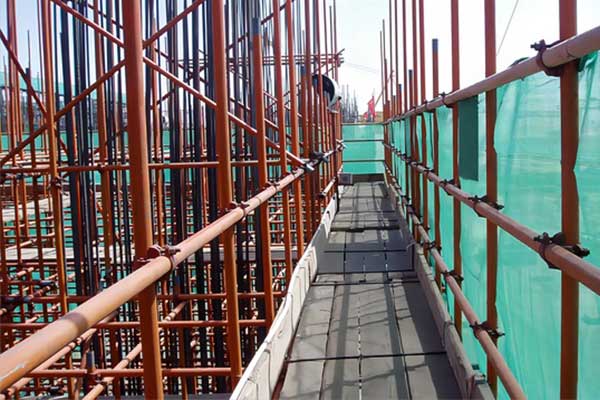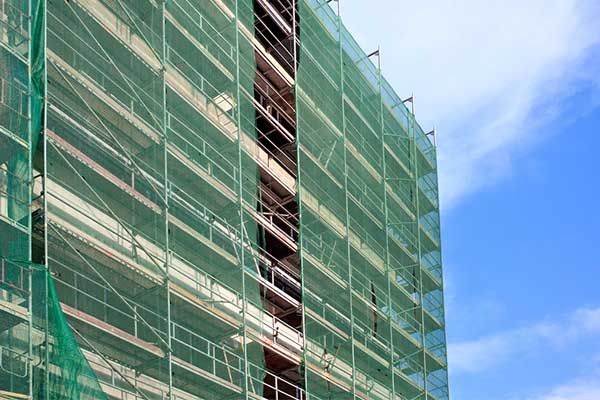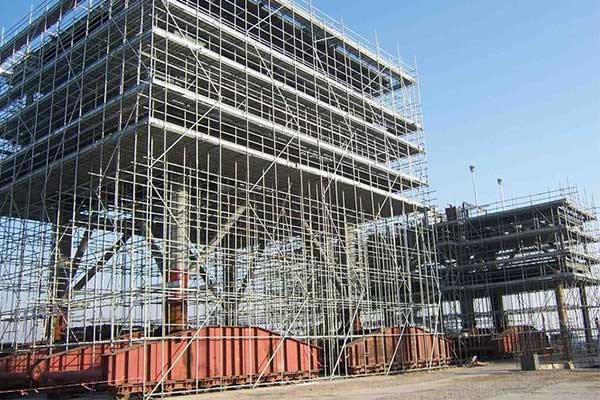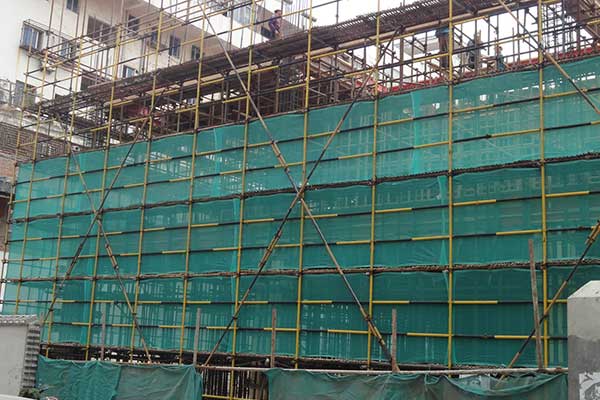Tube and Coupler Scaffold: A Comprehensive Guide
In the world of construction, scaffolding is an essential element that ensures workers’ safety and provides support for construction activities. One of the most versatile and widely used types of scaffolding is tube and coupler scaffold. This article will dive deep into what tube and coupler scaffolding is, its benefits, applications, and how it compares to other scaffolding systems.

What is Tube and Coupler Scaffold?
Tube and coupler scaffold is a traditional type of scaffolding system that consists of steel or aluminum tubes joined together using clamps or couplers. Unlike prefabricated scaffolding systems that rely on fixed designs, tube and coupler scaffolding is highly adaptable and can be constructed in virtually any shape or configuration. This makes it one of the most flexible scaffolding systems, suitable for various types of construction and maintenance projects.
Key Components:
- Tubes: Usually made from steel or aluminum, tubes form the vertical, horizontal, and diagonal supports of the scaffold.
- Couplers: These are metal clamps used to connect the tubes. There are different types of couplers, including swivel couplers, right-angle couplers, and sleeve couplers.
- Base Plates: Support the tubes on the ground and distribute weight evenly.

Benefits of Tube and Coupler Scaffold
1. Flexibility and Adaptability
One of the major advantages of tube and coupler scaffold is its ability to fit irregular structures. It can be modified to fit different shapes and heights, making it ideal for complex or non-uniform projects.
2. Load-Bearing Capacity
Tube and coupler scaffolding is known for its strength and load-bearing capacity. This makes it suitable for heavy-duty projects like industrial maintenance, bridge construction, and high-rise buildings.
3. Durability
The materials used in tube and coupler scaffolding, particularly steel and aluminum, are durable and resistant to harsh weather conditions, ensuring a long service life.
4. Cost-Effective for Large Projects
Although tube and coupler scaffold may require more labor to assemble and dismantle, its adaptability makes it cost-effective for large and complex projects where prefabricated scaffolds may not suffice.

Common Applications of Tube and Coupler Scaffold
Tube and coupler scaffolding can be used in a variety of construction and maintenance activities. Some of the most common applications include:
- Industrial Projects: Refineries, chemical plants, and power plants often use tube and coupler scaffolds due to the complex shapes and high-load requirements.
- Restoration and Maintenance: Historic buildings, monuments, and other structures that require precise and irregular scaffolding designs.
- Bridge Construction: The ability to form irregular shapes makes this scaffold ideal for bridges and overpasses.
- High-Rise Buildings: When working on tall buildings, tube and coupler scaffolds offer the stability and height needed for worker safety.
Tube and Coupler Scaffold vs. Other Scaffolding Systems
When compared to other scaffolding systems like frame scaffolding and system scaffolding, tube and coupler scaffolding offers several distinct advantages and some disadvantages.
- Adaptability: Tube and coupler scaffolding is far more flexible than frame or system scaffolding. While system scaffolding has fixed shapes and sizes, tube and coupler can be customized to fit any project. However, this flexibility often comes with the trade-off of requiring more time and skilled labor to assemble.
- Strength: Tube and coupler scaffolding is robust and can bear heavy loads. In contrast, frame scaffolding is generally lighter and may not support as much weight.
- Cost: Frame scaffolding is usually cheaper for smaller projects due to its ease of installation. However, tube and coupler scaffolding becomes more cost-effective on larger, more complex projects because of its versatility.
- Labor-Intensive: One downside to tube and coupler scaffolding is the amount of labor required for assembly and dismantling. Frame scaffolding, on the other hand, is easier and faster to set up but is less adaptable.

Safety Considerations for Tube and Coupler Scaffold
Safety should always be a top priority when using scaffolding systems. Tube and coupler scaffolding is highly reliable, but it must be properly installed to ensure safety. Here are some key safety considerations:
- Trained Personnel: Only skilled workers with experience in scaffolding should install or dismantle tube and coupler scaffolding.
- Regular Inspections: Ensure that the scaffold is inspected regularly for any loose or damaged parts.
- Proper Foundation: Use base plates and sole boards to ensure the scaffold is on a stable foundation to prevent it from collapsing.
- Load Limits: Never exceed the recommended load limit of the scaffold to avoid accidents.
Conclusion
Tube and coupler scaffold remains one of the most adaptable and durable scaffolding systems available, making it an ideal choice for large, complex projects with irregular structures. Its ability to be customized for any application, combined with its impressive strength and durability, ensures that it continues to play a crucial role in the construction and industrial sectors. Although it requires more labor to set up, the flexibility and reliability of tube and coupler scaffold often make it the best option for projects that demand precision and adaptability.
Shelter is a professional scaffolding supplier with many types to choose from. If you are looking for these products for your project, you can contact us directly for more information.
